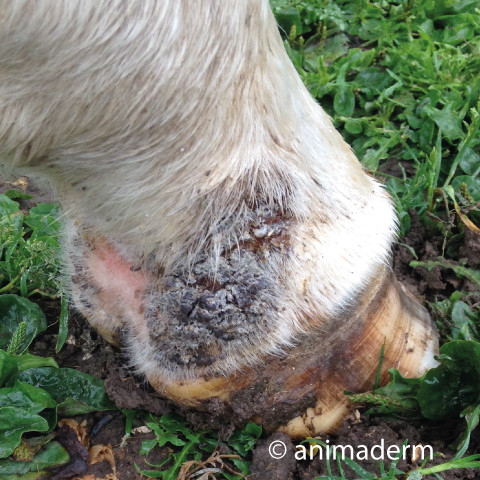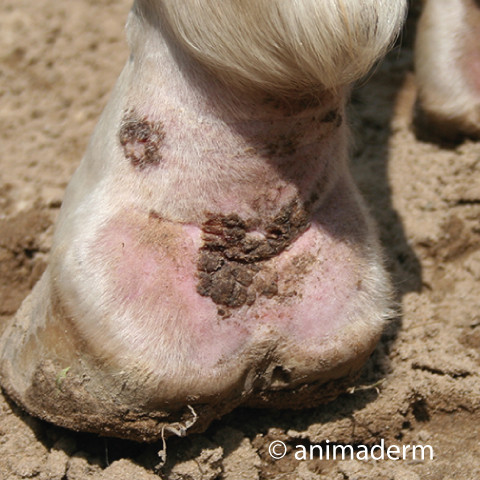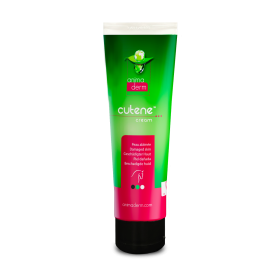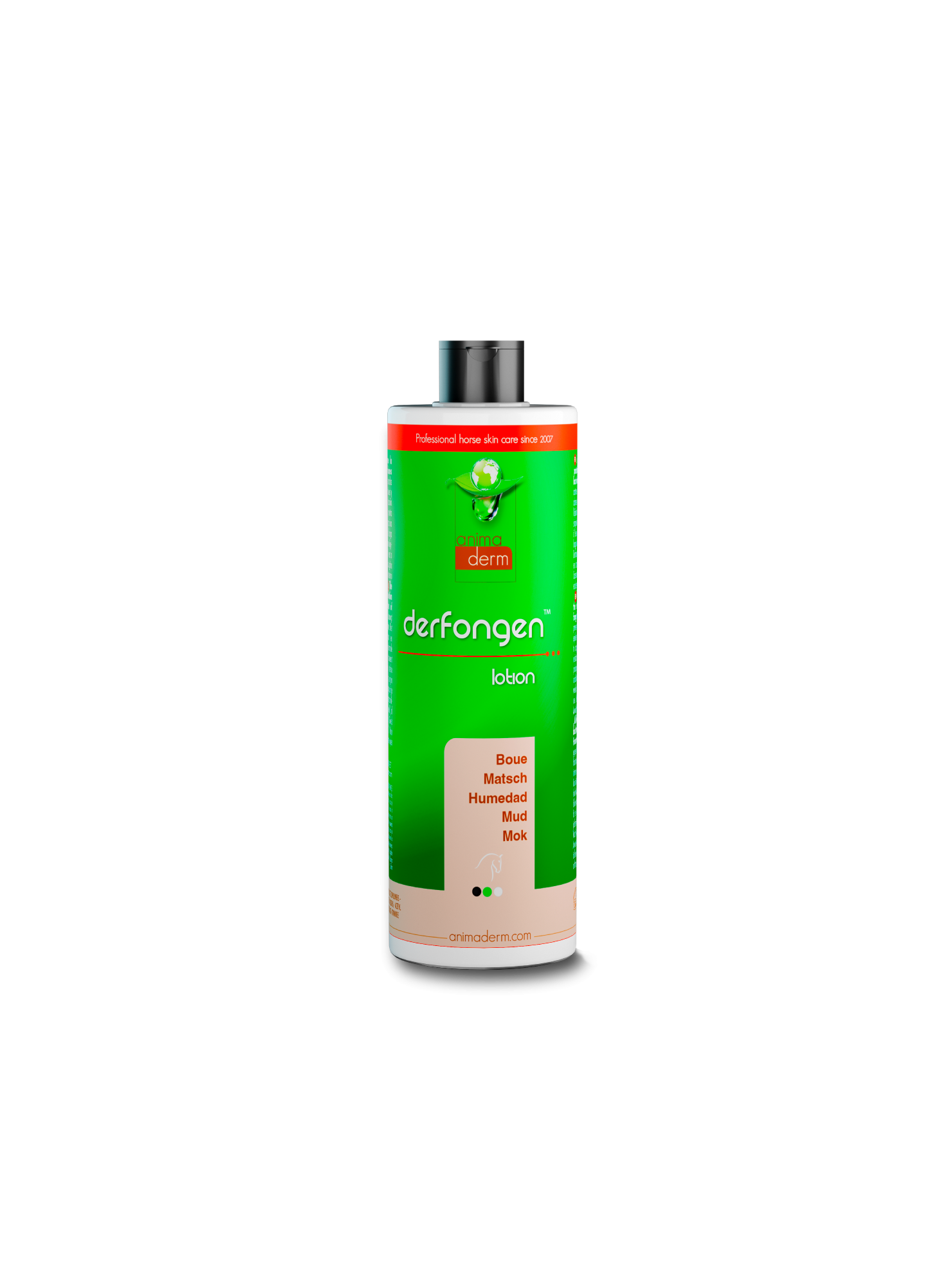Results
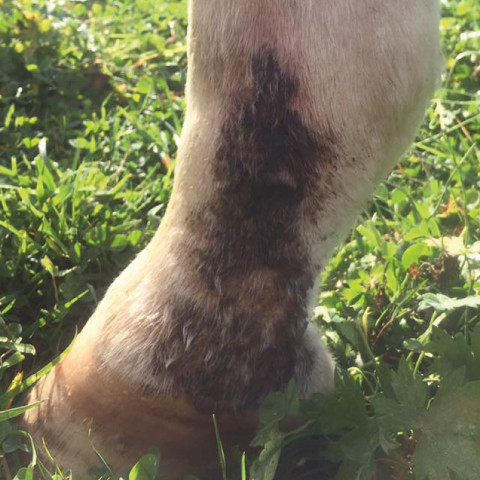
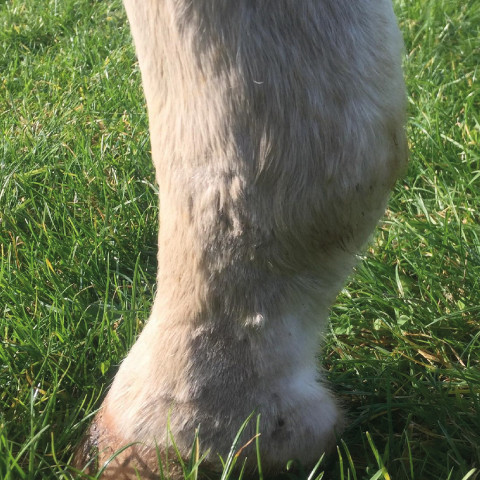
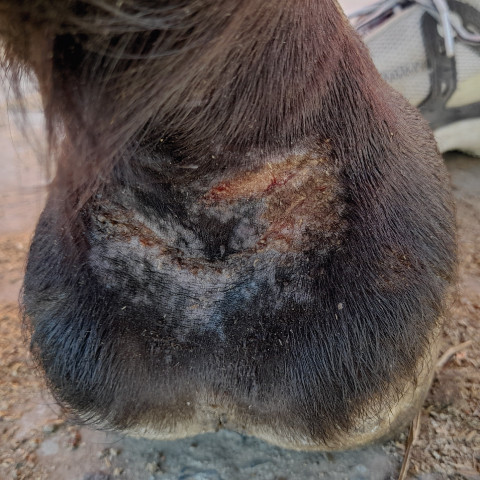
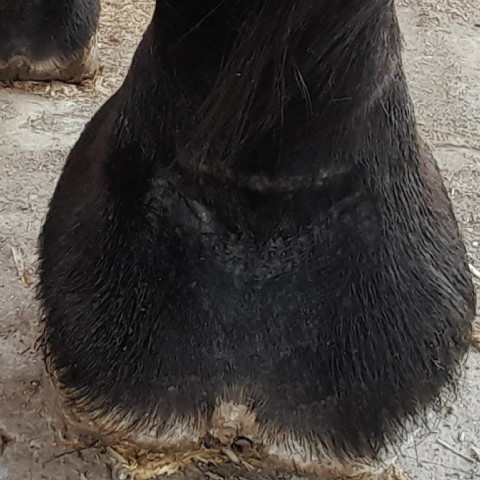
Care protocol
Skin problems related to moisture and mud in horses can lead to the appearance of large scabs on the lower part of the limb, and more specifically in the hollow of the pastern. However, this skin, which is very stressed by the environment, inevitably becomes more fragile and therefore requires particularly gentle care, while being sufficiently active to get rid of the problem. In the case of this type of damage, the crusts, while they can serve as a natural dressing, are also important nests of bacteria. It is thus necessary to act gently to soften them without tearing them off (and thus to avoid additional irritation) and to be able to diffuse natural active components and reach the epidermis. Derfongen was designed with this in mind and its concentration of vitamin E significantly increases the restoration of the skin's elastin.

If the scabs or hair loss are located on the body, more precisely on the areas where water flows (neck, back, thighs, etc.) and depending on the condition of the horse, derfongen can help eliminate the scabs and boost the reconstruction of the epidermis
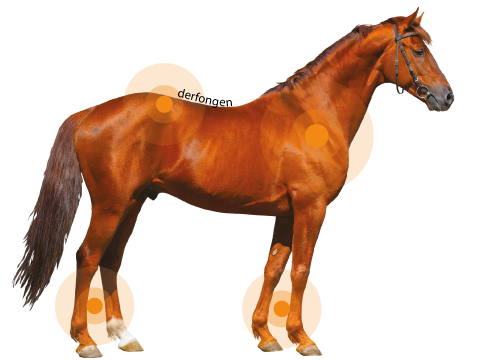
Instructions
Ideally and the first time, shampoo the skin with Tea Tree to purify the skin and soften the scabs. Dry with a terry towel then apply directly the milk on the concerned members. Wait one hour and if possible apply Natjely balm over it to protect the area from the upcoming mud. Reapply derfongen 4 days later.
Apply derfongen directly to the affected areas, rubbing in if the horse has a lot of hair. Reapply 4 days later. There is no need to shampoo or disinfect beforehand.
The area having been weakened, we advise a weekly use of Natjely (neutral and moisturizing balm) in order to stimulate the elasticity of the skin and to avoid any new bacterial attack. A routine that has proven itself.
How to apply
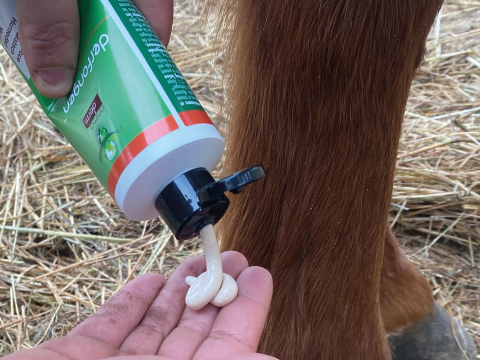
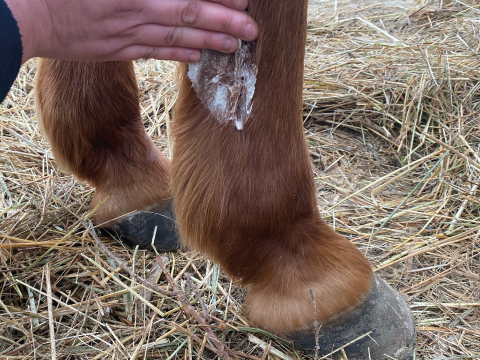
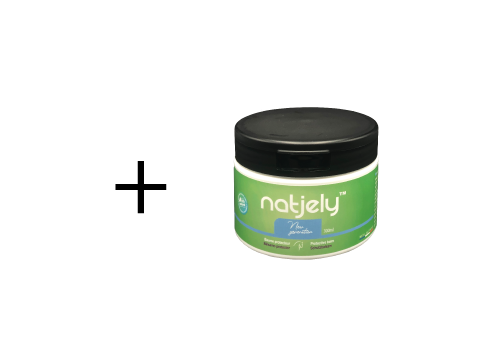
Additional informations
MAIN INGREDIENTS : AQUA- HELIANTHUS ANNUUS SEED OIL- GLYCERIN- GLYCERYL OLEATE COPOLYMERS - VITAMINE E - OLEA EUROPAEA FRUIT OIL- BRASSICA NAPUS - COCO GLUCOSIDE- CETYL ALCOHOL- ACETYL GLUCOSAMINE-POLYGLYCERIL STEREATE - CERA ALBA- JUNIPERUS OXYCEDRUS EXTRACT
INDICATIONS
Derfongen™ does not contain lanolin. Most products offering similar action to Derfongen™ are formulated with lanolin, also known as "wool fat". Used en masse in cosmetics, the industrial production of lanolin, from sheep's wool, results in severe abuse of sheep. We strongly condemn these practices and it is therefore quite natural that we have chosen not to use lanolin, which on the other hand turns out to be an allergenic agent and a skin irritant. Derfongen™ is a non-doping product. Do not apply in the eyes or ears. Derfongen™ is a concentrate of natural active ingredients, so we recommend, as with any product, that you first test the lotion on a small area and wait 24 hours before applying it to the entire body. Derfongen™ is not a medicine - Does not replace a consultation with a veterinarian.

Questions(FAQs)
Entre 24 et 36 mois s'il est convenablement conservé.
Oui, le derfongen peut être appliquer sur toutes les zones du corps, hors muqueuses et parties génitales. Il est très efficace pour aider à la gestion des dermatophiloses ou gale de boue.
Non, le shampoing est conseillé la première fois et à renouveler 2 jours après seulement si les croutes sont très présentes. Sinon, 1 fois par semaine est amplement suffisant.
Pas nécessairement. Mais il est conseillé de se laver les mains après l'application afin d'éliminer tout surplus de produits et de bactéries avec lesquelles vous avez été en contact.
Une dizaine de minutes suffisent en général. L'application du baume Natjely adhère toujours mieux quand la lotion derfongen a déjà pénétré.
Nous vous conseillons d'appliquer de la Natjely au lieu du cutene. Elle est plus neutre et plus adaptée à cette problématique. De plus son pouvoir waterproof permet une protection plus longue durée contre la boue et l'humidité. Le cutene est avant tout un réparateur.
La forme "lait-mayonnaise" du derfongen est faite pour bien glisser sur la peau, malgré les fanons. Sauf si les fanons de votre cheval sont excessivement épais, nous vous recommandons de ne pas les raser. Utiliser Shampoo tea tree au préalable, il vous enlèvera beaucoup de croutes malgré les fanons et rendra l'application du derfongen encore plus aisée.
NON ! sauf si la zone est fortement infectée et pas belle à voir. La bétadine est très puissante et si la peau est déjà lourdement fragilisée par la gale de boue, la bétadine sur une gale de boue normale, désinfectera violemment sans distinction. La peau sera affaiblit et les récidives de gale plus risquées. Optez pour un shampoo Tea tree à la place. Il désinfectera mais agira plus en douceur sur la peau. il sera également décongestionnant, ce qui, dans ce cas, est bienvenu.
 ANIMADERM S.A.S
ANIMADERM S.A.S
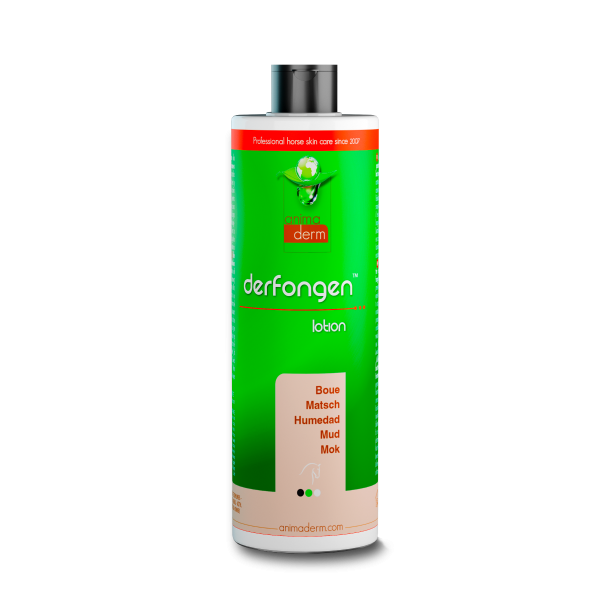
 Waterproof
Waterproof
 Natural product
Natural product
 Not
Not